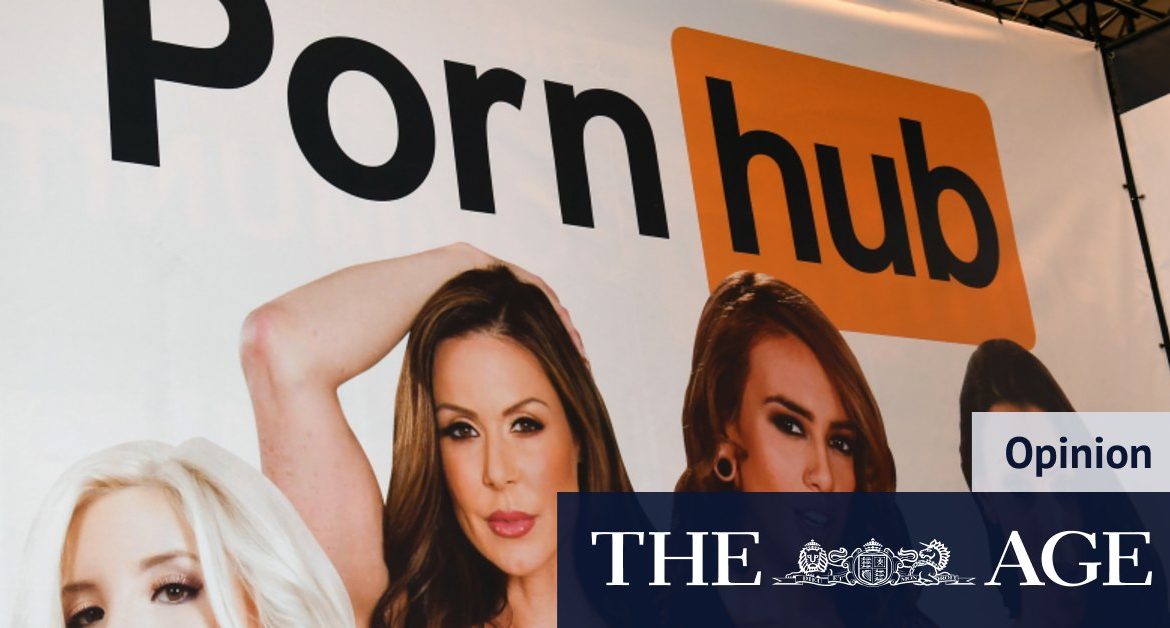It can be hard to tell what is consensual in pornography, and what isn’t. But even content made by freely consenting adults can contribute to significant harms.
Porn is made to sexually arouse its viewers and, from the industry’s perspective, it doesn’t matter how unrealistic, racist, rough or degrading it is, as long as it creates revenue. In fact, the industry is pretty open about the fact that the rougher stuff sells best. It’s not marginal; it’s mainstream.
As porn producers and young people have explained to me, people don’t really want to watch “softcore” porn. The most popular porn often depicts physical and verbal aggression, which is almost always directed towards women, and is usually met with either a neutral or positive response. Non-consensual behaviours are also common.
These representations are giving a distorted view of sex and of men and women, including a sort of eroticisation of violence against women. They suggest that aggression is desirable and pleasurable and that most women enjoy being treated this way.
Pornography is not just fantasy on a screen. It is shaping reality in unprecedented ways. For young people growing up online, porn has become a kind of default sex educator.
New Australian research released by Our Watch has found that almost half (48 per cent) of young men have seen pornography by the age of 13, and almost half of young women (48 per cent) have seen it by the age of 15. Young men are much more likely than young women to be regular consumers. Over half (56 per cent) of young men report accessing pornography at least weekly, and 17 per cent use it daily, compared with 15 per cent of young women who use it weekly and 1 per cent who use it daily.
On average, young men see pornography three years before their first sexual experience. For young women, the gap is two years. If you do the maths, that means most young men will see porn hundreds of times before they’ve had a chance to explore their sexuality with another human being. And there is growing evidence globally that porn is shaping their sexual imaginations, expectations and practices.
Sixty per cent of young men and 41 per cent of young women report actively using pornography as a source of information about sex in the last 12 months – even though most of them rightly acknowledge that porn is neither realistic, nor a good way to learn about sex. They’re right about that.
Porn’s most concerning influence is its relationship to violence. Consistent with other research from around the world, Our Watch found that regular consumers of pornography are more likely than other young people to hold attitudes that are known to drive violence against women, such as a belief in rigid gender roles or a view that men should be ‘in charge’. The study also found gendered differences in young people’s analyses of the aggression and degradation in porn. For example, young men were much less likely than young women to recognise and express concern about the violence against women that is so commonly depicted in pornography.
Violence against women is a global public health crisis – but porn suggests that violence against women is sexy. We can’t afford to ignore pornography’s contribution to gender-based violence.
It is way past time that porn sites and the other corporate interests that profit from the widespread publication of child abuse and eroticised violence against women were held to account. Governments need to step up and legislate to undermine the business model that has enabled and rewarded abuse at such a massive scale.
Loading
But we’d be deluding ourselves if we thought that would fix it all. We need a multi-pronged approach to addressing porn’s harms that is both considered and courageous. It should include education among parents and in schools to support young people to think critically about the representations they see of sexuality – and of gender, power and aggression – in porn or any other media, and to help young people aspire to relationships and sexuality that are safe, equal, respectful and consenting.
Porn is a challenging issue, but we can and must do better than accept a world in which young people get their sex education from sites that profit from abuse.
Maree Crabbe is director of It’s Time We Talked, an Australian violence-prevention initiative that seeks to address pornography’s influence on young people. www.itstimewetalked.com
Most Viewed in National
Loading







